Pilots have revealed the terrifying things that happen to them that passengers have no idea about
A complete loss of all electrical power

Toxic fumes contaminating the cockpit
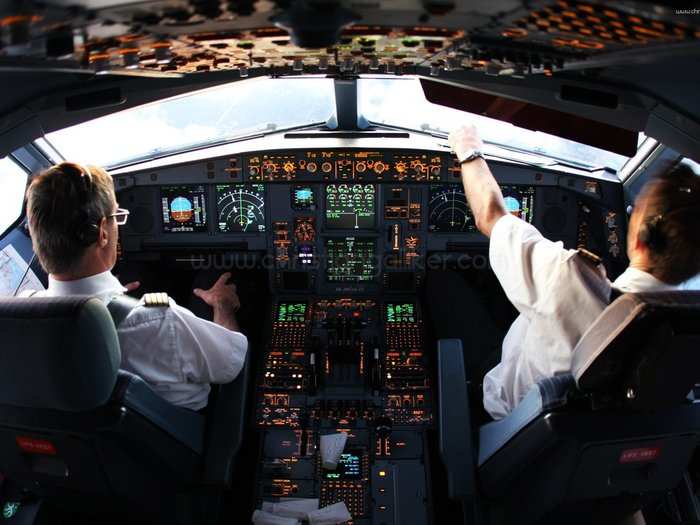
According to a report in The Guardian, it's not uncommon for toxic fumes to seep into the cockpit. Many pilots have flown crowded commercial aircraft while overcome with feelings of nausea and dizziness, often left unable to communicate effectively with their co-pilots and air traffic control.
In severe cases, cabin crew have been hospitalised and pilots have had to use oxygen supplies, but the passengers are never told what is happening.
Unconcious pilots
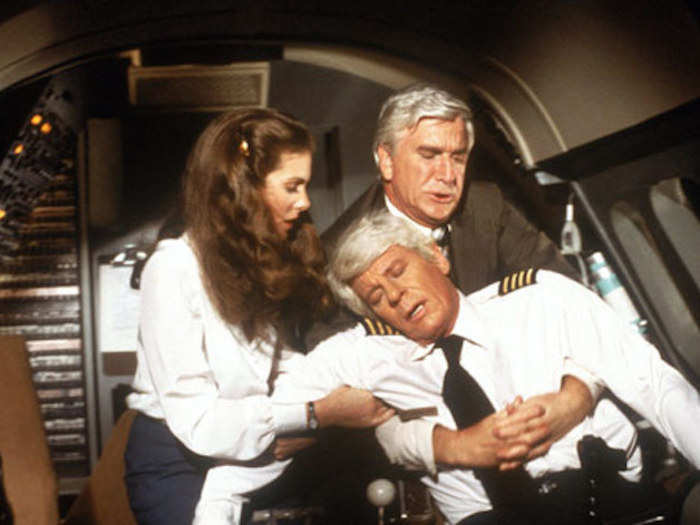
Turbulence is not a threat to the aircraft itself, but that doesn't mean passengers and pilots don't get injured. While flying through a patch of severe turbulence, a pilot of 12 years was knocked unconscious by his co-pilot's elbow.
Thankfully, the co-pilot managed to keep everything under control until he woke up minutes later. Had the passengers known their pilot was unconscious at the helm, it probably wouldn't have gone so smoothly.
Volcanic ash clouds are far more dangerous than you may think
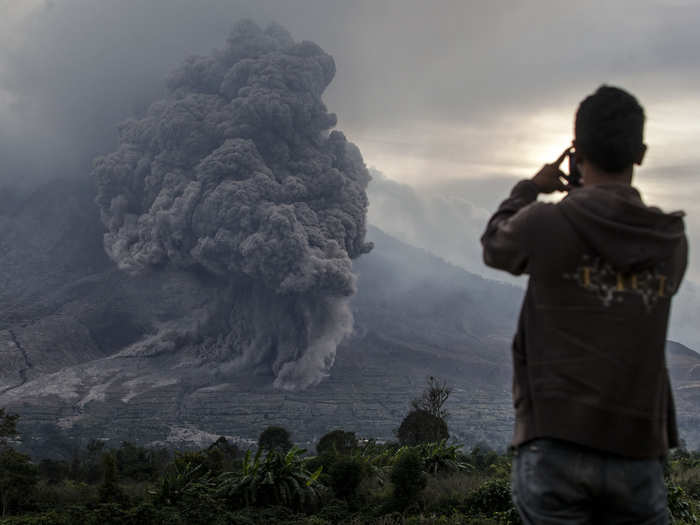
Volcanic ash can pose a severe threat to aircraft, and although passengers will definitely know when they're inside an ash cloud, they may not know how dangerous it can be.
One pilot on Reddit was inadvertently directed into an ash cloud spewed by Mount Etna and remained in it for 20 minutes before making an emergency descent.
Volcanic ash is composed of rock and glass particles, and while the jet engines are hot enough to melt the glass, it can resolidify once inside, eroding the blades of the compressor, blocking air flow, and even stalling the engine.
The electrostatic charge carried by volcanic ash can also cause an electrical failure, which is an immediate hazard.
You can read more about how volcanic ash can affect aircraft on Wired.
A cockpit window fell out of its frame
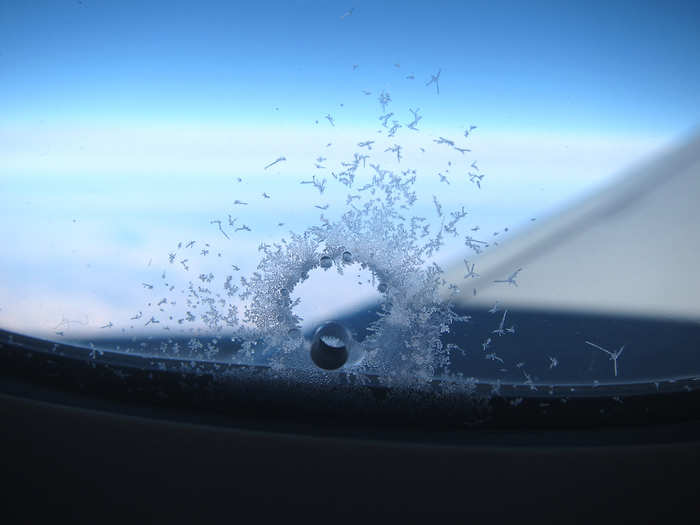
One Reddit user says their mum was in the cockpit when an entire window popped out of its frame. Luckily, this was just after the plane had landed, otherwise it would have been a different story.
In 1990, a similar incident happened, except this time the plane's captain got sucked out of the window. His colleagues held onto his ankles while he was firmly pressed against the aircraft for the 20-minute duration of its emergency landing. He lived to tell the tale.
Mid-flight bomb threats
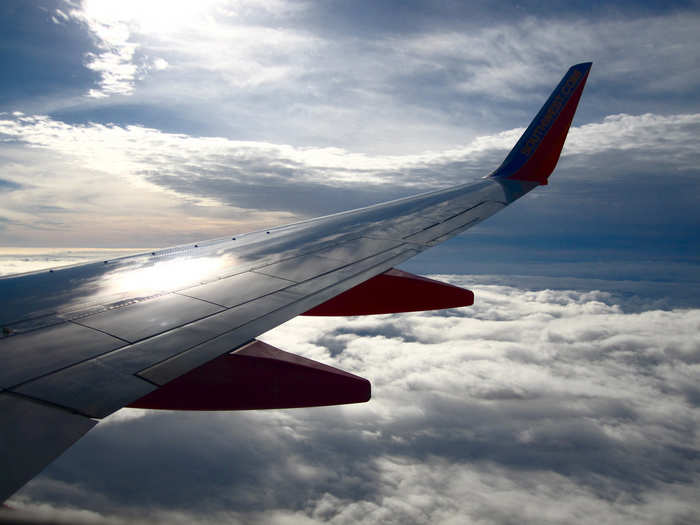
Although there are no details surrounding their story, the pilot of a long-haul flight claims to have received a bomb threat while on a long stretch over the ocean. All he could do was wait it out and hope nothing would happen. None of the passengers knew.
Near misses with other aircraft in the air
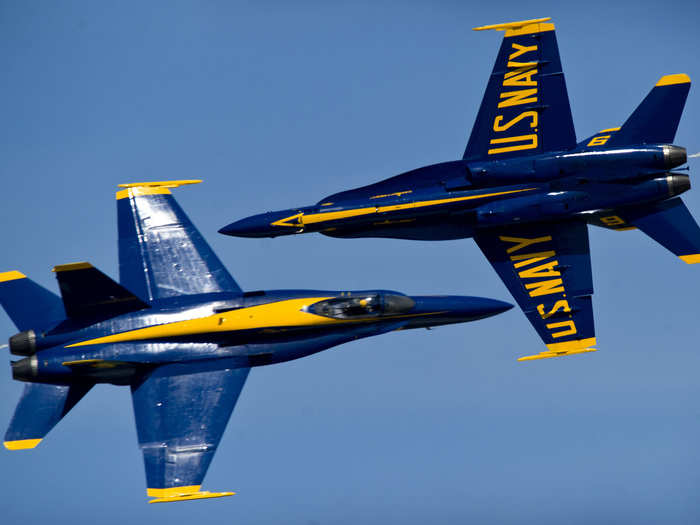
Sometimes air traffic control gets it very wrong. In several instances, aircraft have very nearly collided mid-air. One pilot, who said near misses are "by far the scariest" experiences, explains that unless you really have to crank and bank, most passengers notice the movement but put it down to turbulence.
He says that if a passenger asks, he's pretty honest about it, but never reveals how close they really were.
And near misses on the runway
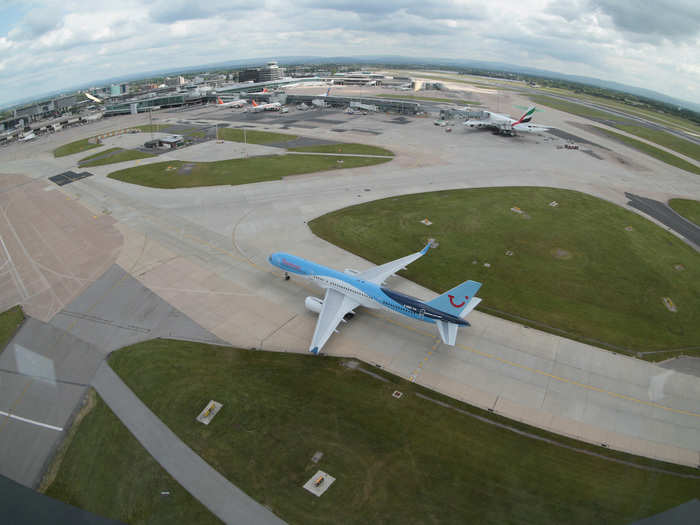
Near misses on the runway also happen. Reddit user Laaksonen says he has come close enough to other planes on intersecting runways that he could make out the pilots' facial expressions.
This pilot flew into torrential rain and lost all vision
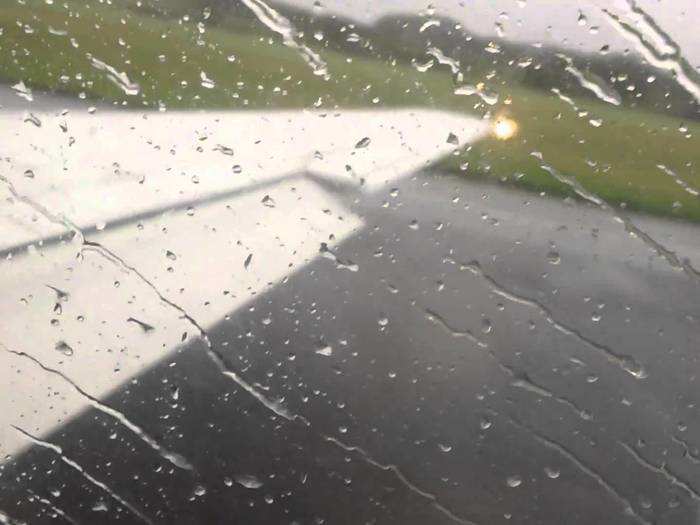
"On a 3 mile straight to the runway, we spot a wall of torrential rain rapidly approaching the field," explained one pilot.
"Although it looked far enough away to beat to the airport, about 100 feet off the runway the rain hits and we go complete white out, not able to see anything out of the windshield."
"We immediately start a go-around, and we get as low as 20 ft before the airplane finally starts climbing. Upon exiting the rain, and at about 500 ft, we finally are able to see again, and get another alert for a helicopter right in front of us."
"The most hectic and terrifying series of events in my entire time in aviation."
Popular Right Now
Advertisement